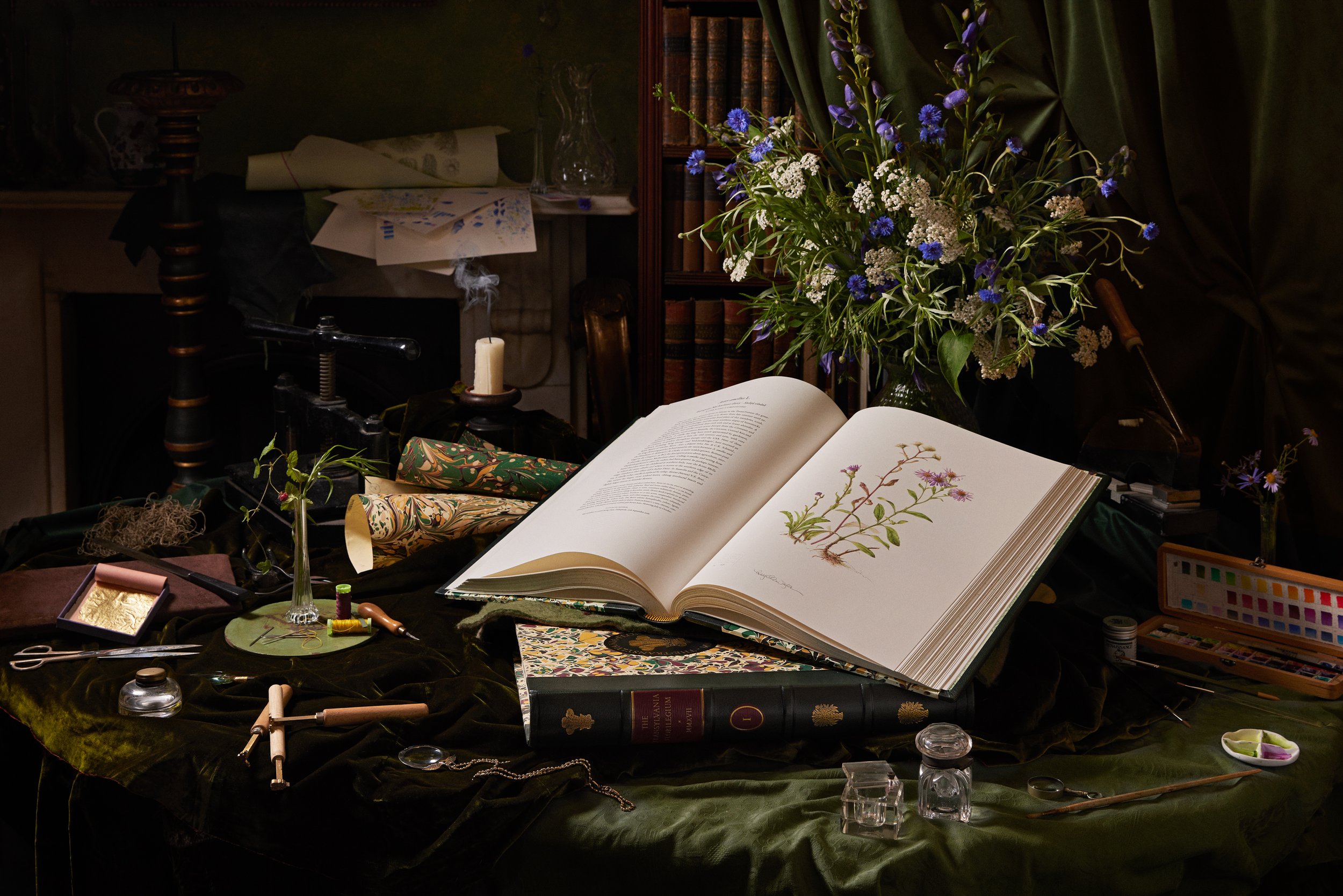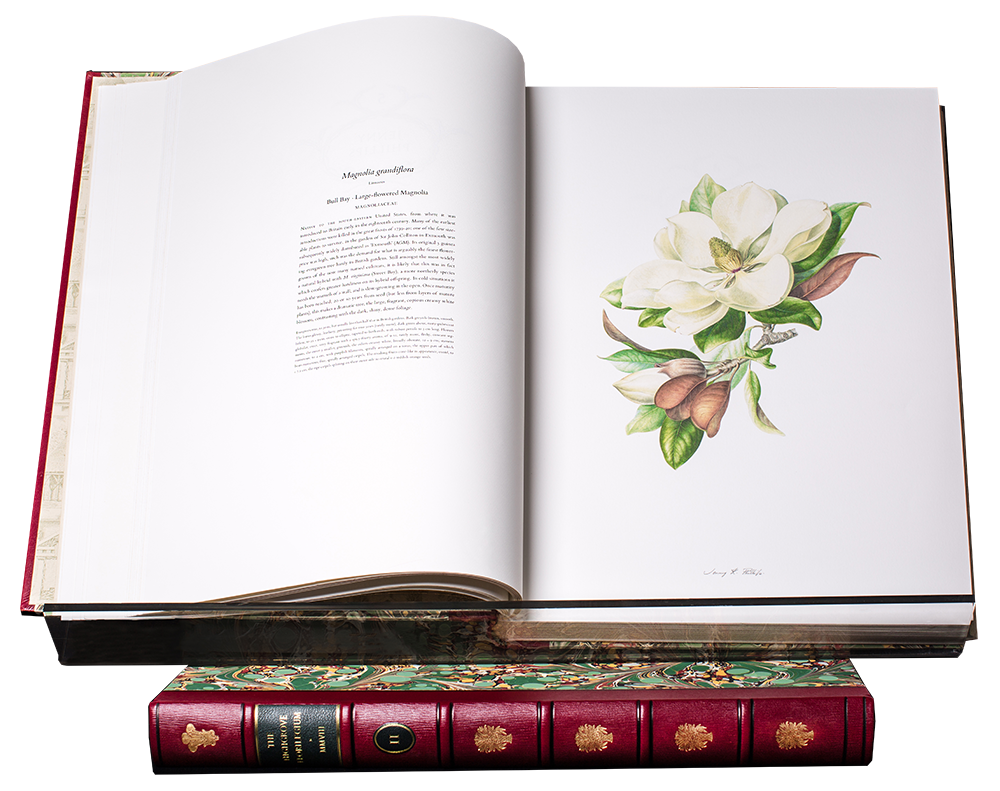
Publishers of the Royal Florilegia
Purveyors of facsimile edition heritage books
Providers of bespoke publishing services
Fine books
London
Welcome to Addison Publications
A unique collection of books
The Transylvania Florilegium
Botanical Paintings inspired by one of Europe's last medieval landscapes.
Watercolour drawings by a the finest botanical artists from around the world, depicting the wildflowers of Transylvania. This unique collection is now published as a fine-art limited edition in two volumes, hand-bound in leather and marbled paper and finished in gold leaf. The Preface is written by HRH The Prince of Wales, now HM King Charles III who has signed each set. A publication of exceptional quality and artistic achievement.
A Map of Kent
A Survey of the County of Kent, first published in 1769
In 1750, the London bookseller Andrew Dury and the engraver John Andrews set out to record a fine new survey of Kent, the resulting map on twenty-five sheets as a large bound book in 1769. The generous scale of two inches to the mile enabled them to boast that their extraordinary map showed every road, lane, church, town and village, as well as ‘Noblemen and Gentlemen’s seats, Houses, Gardens, Cottages, and everything remarkable in the County’.
The Highgrove Florilegium
Seven years in the making, the first British royal Florilegium.
Leading botanical artists from around the world were invited to record the flora at Highgrove in Gloucestershire, the private residence of TM King Charles III and Queen Camilla. The project was seven years in the making and each set is signed by HRH The Prince of Wales, now HM King Charles III.
Catesby’s Natural History
The first illustrated record of the flora and fauna of North America.
Catesby's distinguished masterpiece The Natural History of Carolina, Florida & the Bahama Islands - has been reproduced as a limited edition and was published to mark the 300th anniversary of the arrival in 1712 of naturalist and artist Mark Catesby in the New World.

Addison has been publishing and distributing some of the world’s most beautiful and collectable books since 2003, offering our clients a highly personalised service and sharing with them a passion for bespoke craftsmanship and British heritage.
Welcome to Addison Publications
Our books are made by combining the finest of materials and traditional crafting skills with the most sophisticated modern printing techniques. These rare publications provide owners with an alternative investment asset and a fascinating and beautiful addition to any collection or library. Our books are a source of timeless pleasure and appreciation for present and future generations.
Addison Publications are proud to publish the two royal Florilegia; the Highgrove Florilegium and the Transylvania Florilegium. Royalties from these limited-edition masterpieces of botanical art support The King’s Foundation.
As well as first editions, Addison holds limited-edition facsimile copies of masterpieces, including such treasures as the Lindisfarne Gospels, Domesday and the Hunting Book of Gaston Pheobus. Illuminated Books of Hours and pillars of British History can be found in our inventory.
Our latest publication is a limited-edition copy of the beautiful and fascinating Map of Kent 1769.
We also provide a bespoke service for clients wishing to preserve a book or document by having a perfect replica made. Bespoke publications can be a one-off or a limited run, and can be tailored to your exact requirements.
Our books are kept in great libraries, collections and institutions around the world. Begin your own collection of sumptuous handcrafted books today. Let us share our passion with you.





